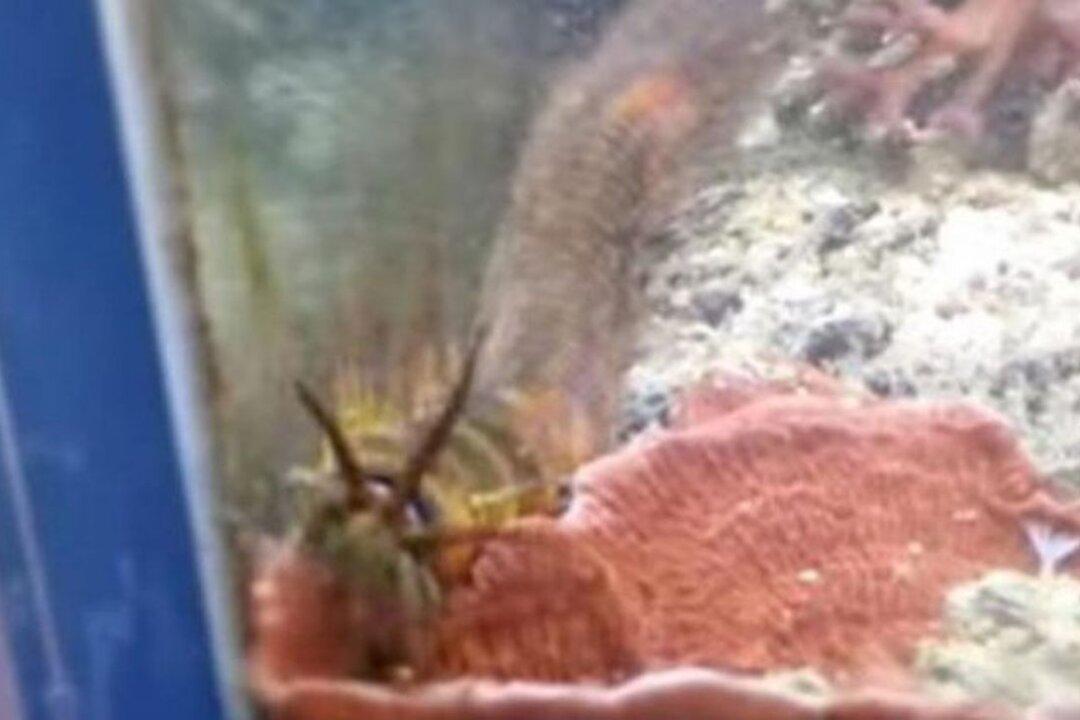This thing is a bristle worm---or possibly a eunice worm
A man got a shock when he discovered a 3-foot-long bristle worm that went hiding in his fish tank for two years.


This thing is a bristle worm---or possibly a eunice worm
A man got a shock when he discovered a 3-foot-long bristle worm that went hiding in his fish tank for two years.